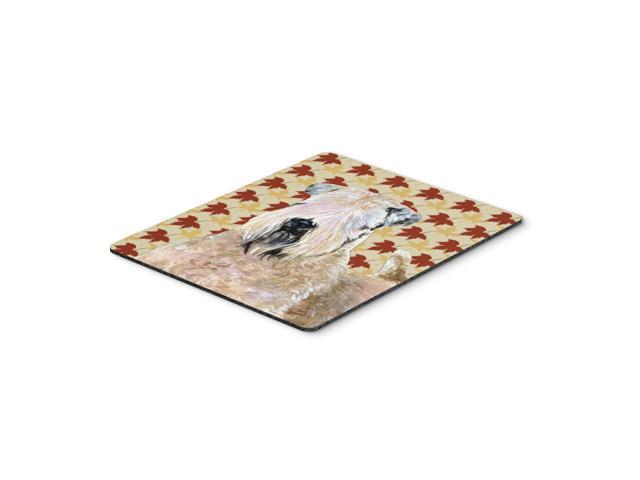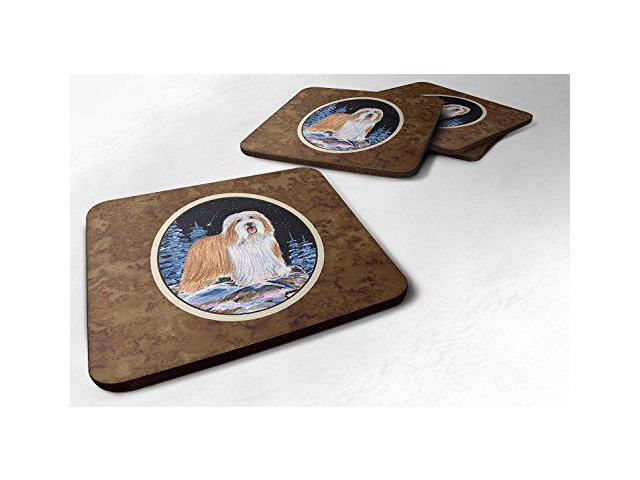Excerpt from A Century of Chemical Progress: Inaugural Address Delivered January 26th, 1901
The phenomena exhibited by many substances in their action on polarized light has led to ideas regarding the arrangement of atoms in space. To Pasteur, and more notably Le Bel and van’t Hofi’, is due the credit of bringing before chemists a hypothesis which has had an enor mous influence in the progress of organic chemistry.
The study of substances in solution has provided a means of deter mining molecular weights. Pfeffer, the botanist, in 1878, performed an important series of experiments with membranes deposited by chemical means in the pores of unglazed earthenware, and found that if weak solutions of salts were placed outside such a vessel water would diffuse through while the dissolved substance would not. This was due to the semi-permeability of the membrane employed. Van’t Hofi’, in l887, in studying the theory of dilute solutions, found that the semi-permeable membranes served to measure the pressure due to the dissolved sub stance. From an accurate study of substances in dilute solution am. Of their behaviour with regard to their passage through extremely thin porous membranes it is now evident that there exists the closest possible analogy between the state of substances in solution and the same in the gaseous condition. As the result of experiments on the conductivity of substances in solution for electricity, Arrhenius (1888) has shown that when an electrolyte, such as common salt, is dissolved in water it disso ciates partly into the separate ions, a name devised by Faraday, and signifying the things that go, namely sodium and chlorine. Theseviews have been strongly upheld by Ostwald and others, and are sup ported by the facts rendered apparent by the behaviour of substances in solution as regards difl‘usion, the lowering of the vapour-pressure and the depression of the freezing point of the solvent.
About the Publisher
Forgotten Books publishes hundreds of thousands of rare and classic books. Find more at www.forgottenbooks.com
This book is a reproduction of an important historical work. Forgotten Books uses state-of-the-art technology to digitally reconstruct the work, preserving the original format whilst repairing imperfections present in the aged copy. In rare cases, an imperfection in the original, such as a blemish or missing page, may be replicated in our edition. We do, however, repair the vast majority of imperfections successfully; any imperfections that remain are intentionally left to preserve the state of such historical works.















